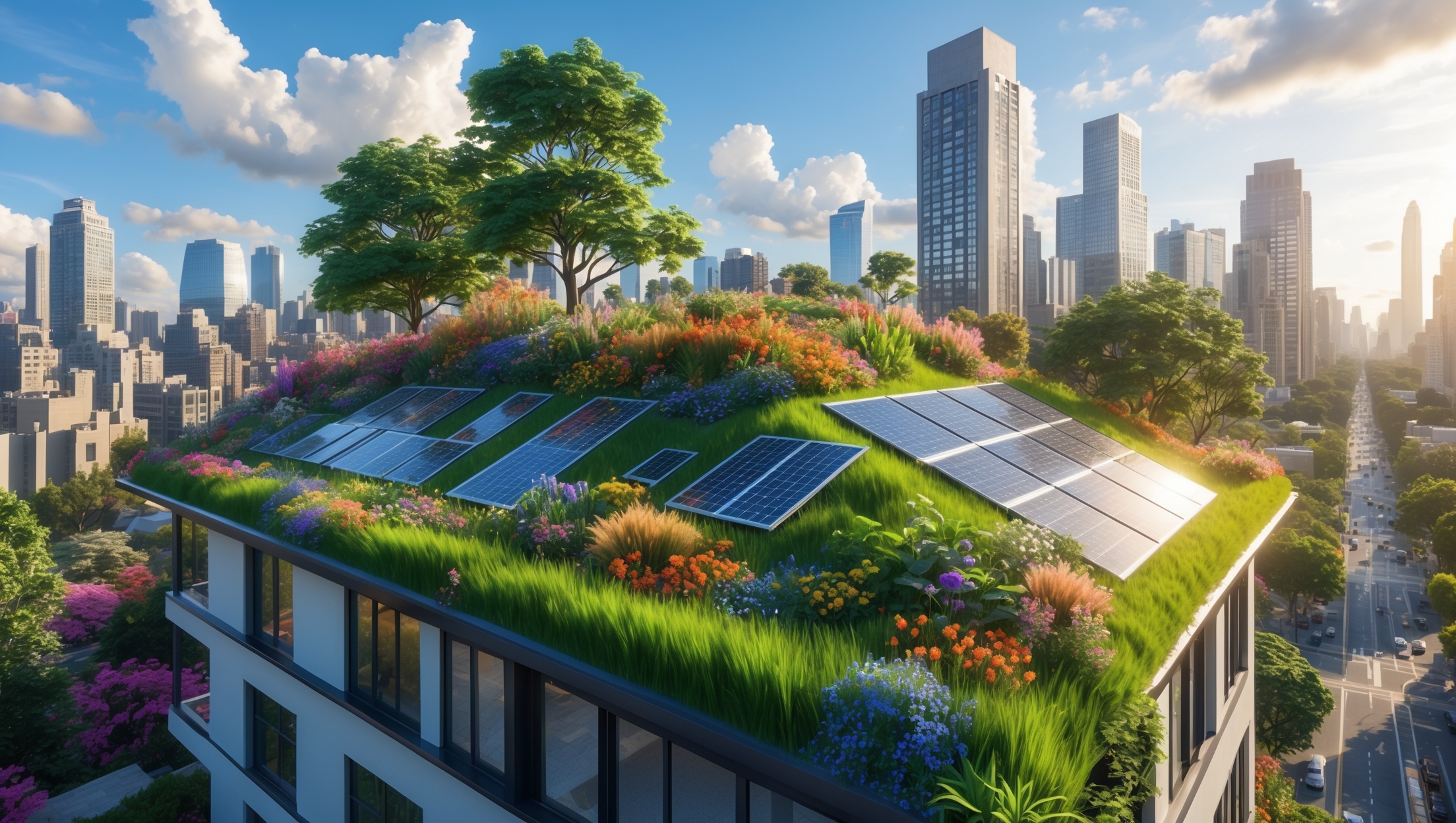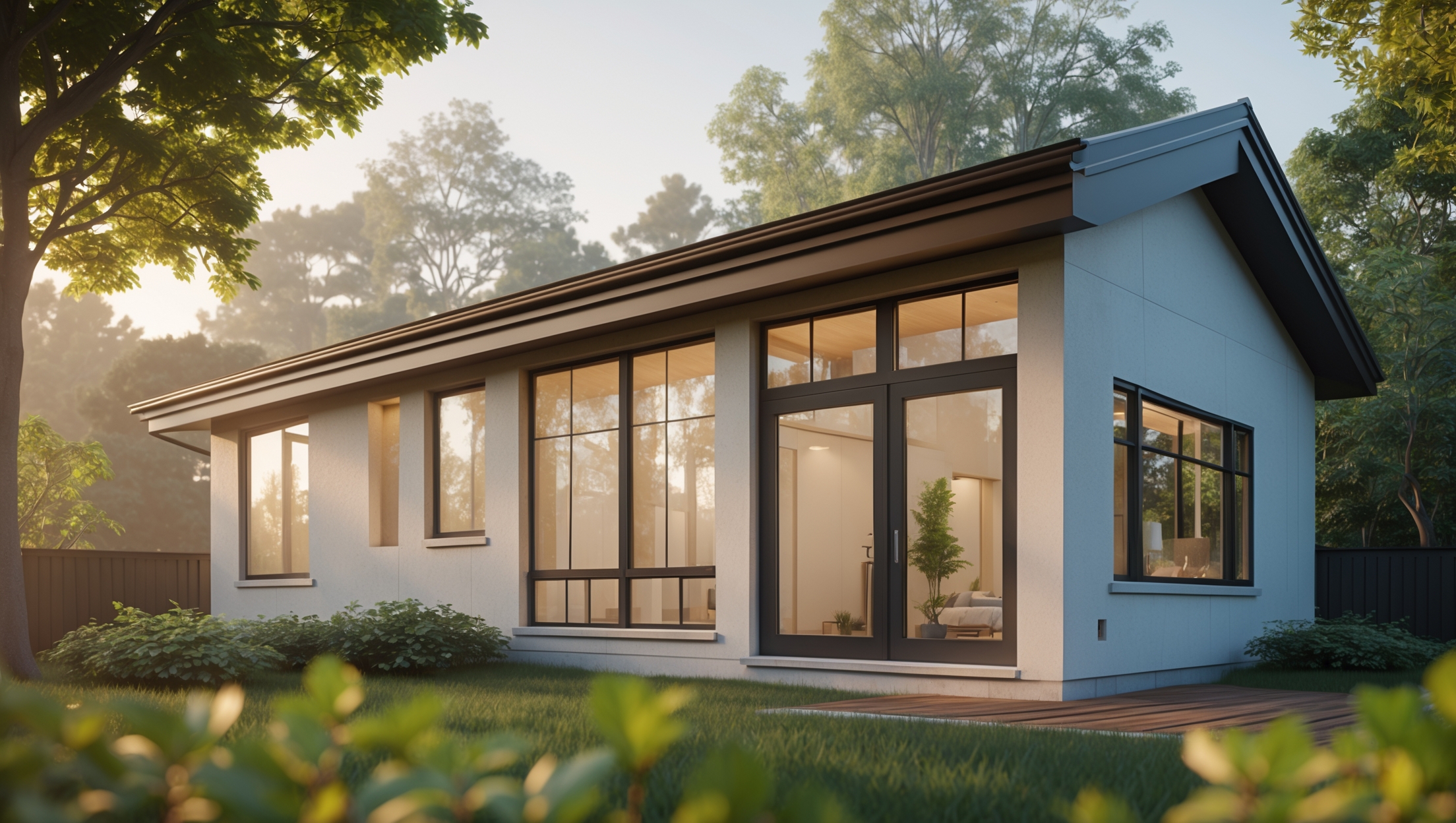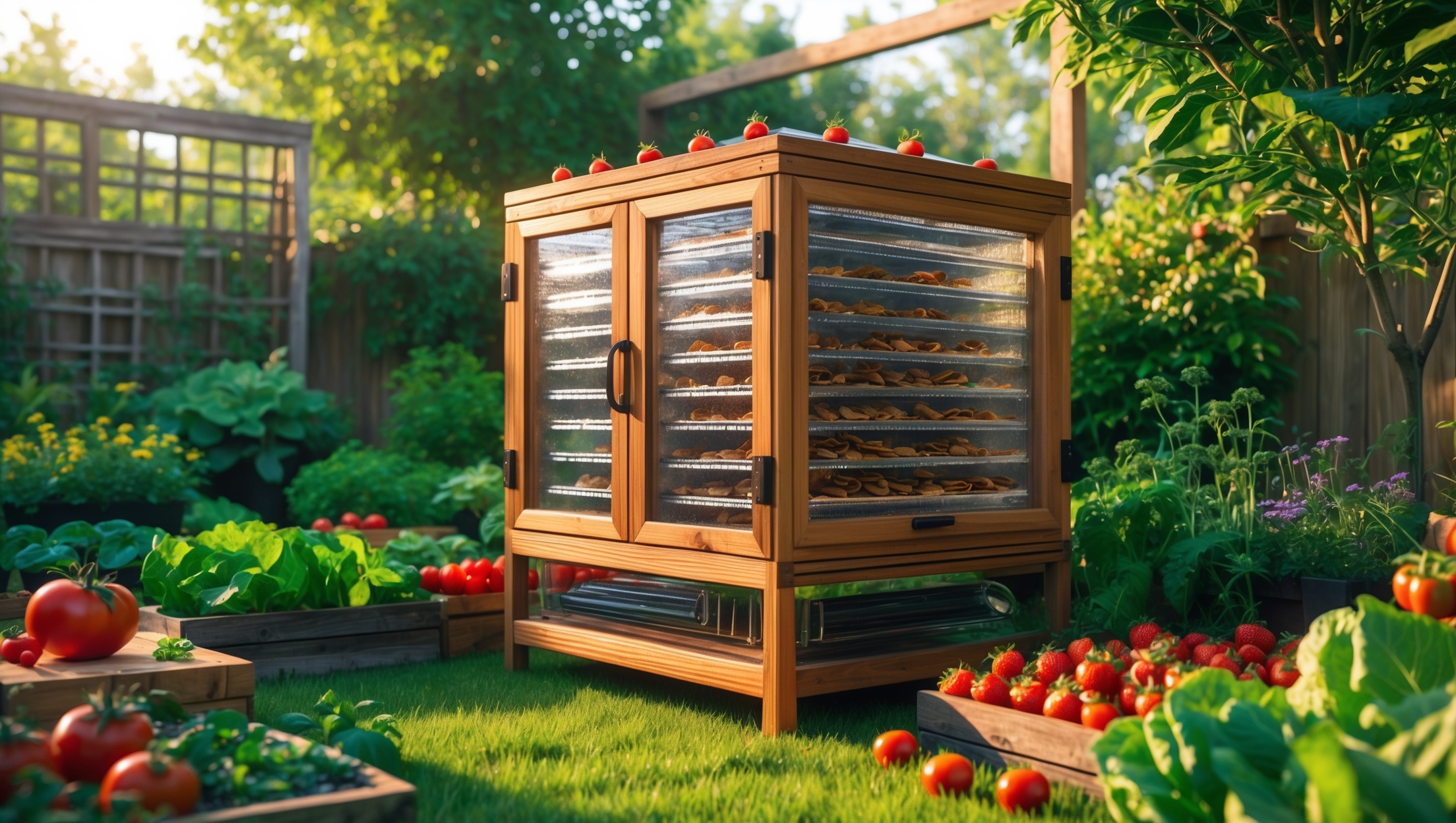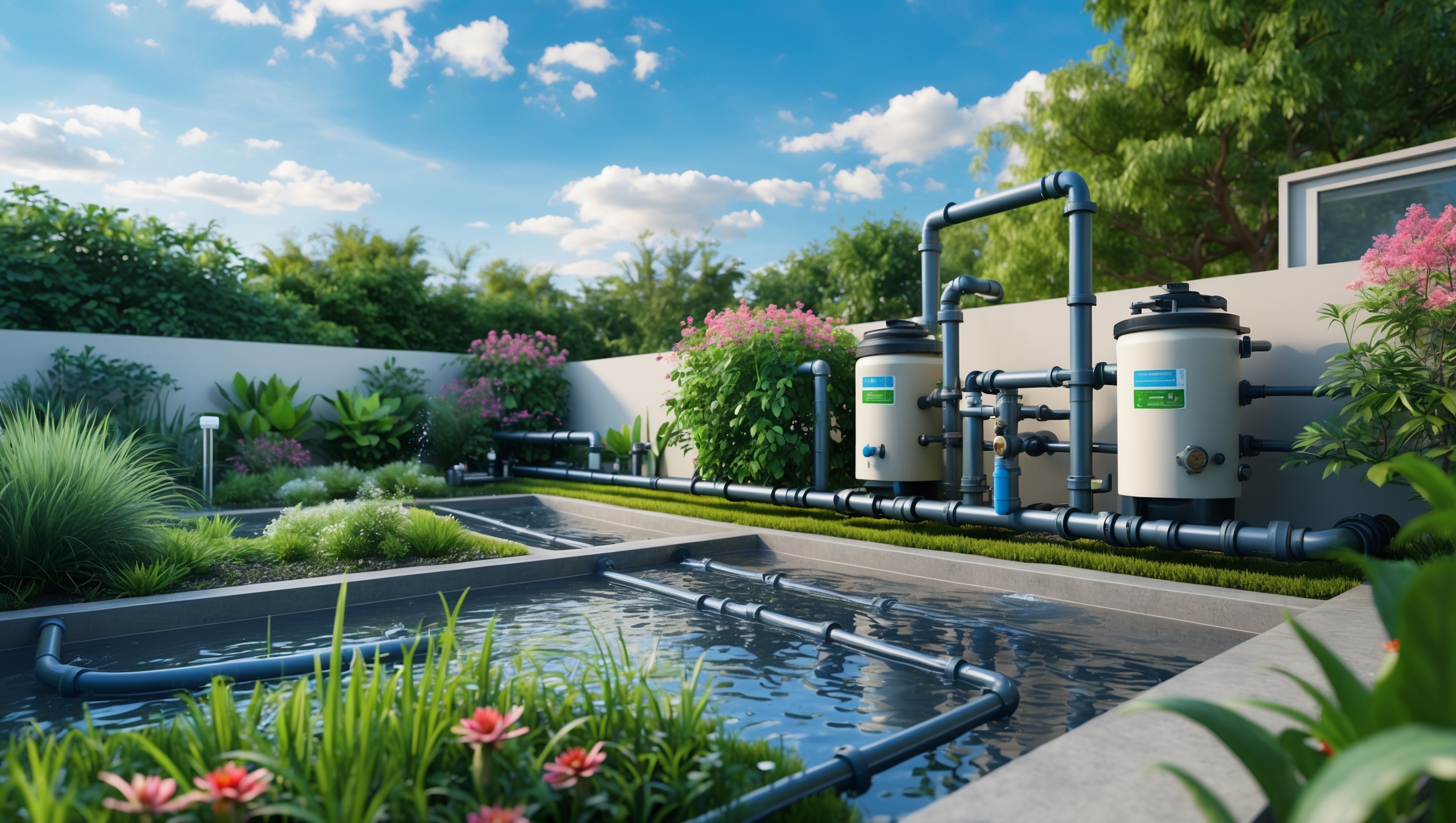Introduction: Why Green Roof Maintenance Matters for Sustainable Homes
Green roofs are a hallmark of sustainable living, blending cutting-edge technology with nature to deliver energy savings, stormwater management, improved air quality, and urban biodiversity. But like any living system, a green roof’s true benefits are only realized with thoughtful, regular maintenance. Too often, homeowners install green roofs and expect them to thrive with minimal intervention, only to face premature failures, leaks, plant dieback, or diminished energy performance. Proper maintenance not only extends the lifespan of your investment but also ensures that its ecological and energy benefits are fully realized year after year.
This comprehensive guide will take you through the essential best practices for maintaining residential green roofs, whether you have an extensive (shallow, low-maintenance) or intensive (deeper, garden-like) system. We’ll address routine inspections, plant care, drainage management, substrate renewal, pest control, and seasonal tasks. You’ll learn practical, actionable steps to keep your green roof healthy, safe, and efficient, ensuring your home remains a model of sustainable living for decades to come.
Understanding Your Green Roof System
Types of Green Roofs
- Extensive Green Roofs: Lightweight systems with shallow soil (2–6 inches), planted mostly with sedums, grasses, and hardy succulents. Low-maintenance but still require attention.
- Intensive Green Roofs: Deeper substrate (6 inches to several feet), supporting shrubs, perennials, and even small trees. These resemble rooftop gardens and demand more active care.
Key Components to Inspect
- Vegetation: The living layer, ranging from simple sedum mats to complex horticultural plantings.
- Growing Medium (Substrate): Engineered to be lightweight yet supportive of plant growth.
- Filter Layer: Prevents substrate from clogging the drainage system.
- Drainage Layer: Ensures excess water can flow away, preventing root rot and leaks.
- Root Barrier: Protects the underlying waterproof membrane from root penetration.
- Waterproof Membrane: The critical barrier between your roof structure and the elements.
Routine Inspection and Monitoring
Establishing a Maintenance Schedule
Regular inspections are the backbone of a long-lived green roof. At a minimum, plan for:
- Quarterly detailed inspections (spring, summer, fall, winter)
- Additional checks after extreme weather events (heavy rain, wind, hail, drought, or snow)
What to Look For
- Plant Health: Yellowing, wilting, or dead patches may indicate irrigation issues, disease, or substrate compaction.
- Drainage Function: Water pooling, slow runoff, or blocked drains can damage both vegetation and roofing structure.
- Membrane Integrity: Inspect visible flashing, seams, and edges for cracks, uplift, or punctures.
- Weed and Pest Incursions: Non-native or invasive species and animal burrows should be dealt with promptly.
- Safety Hazards: Loose edging, trip hazards, or deteriorating access points must be addressed immediately.
Plant Care and Vegetation Management
Watering and Irrigation
- Establishing Period: New green roofs may require supplemental irrigation for the first 1–2 years.
- Long-Term: Many extensive systems are designed to be drought-tolerant, but prolonged dry spells may still require watering.
- Best Practice: Use moisture sensors or manual soil checks to avoid both over- and under-watering.
Fertilization and Soil Health
- Annual Soil Testing: Evaluate nutrient levels and pH, especially for intensive roofs with a broader plant palette.
- Organic Fertilizers: Apply slow-release, low-phosphorus fertilizers in early spring, if soil tests show deficiencies.
- Compost Top-Dressing: For intensive systems, an annual thin layer of well-composted organic matter helps maintain soil vitality.
Weeding and Invasive Species Control
- Manually remove weeds before they set seed, focusing on edges and around drains.
- Monitor for wind-borne invasives (tree seedlings, aggressive grasses) and remove promptly.
- Use mulch or dense plantings in intensive systems to suppress weed growth.
Seasonal Plant Maintenance
- Spring: Remove winter debris, cut back dead stems, and monitor for new growth and pests.
- Summer: Inspect for drought stress and irrigation needs, replant bare spots if necessary.
- Autumn: Remove fallen leaves (especially near drains), cut back perennials as needed, and prepare for winter dormancy.
- Winter: Monitor for ice buildup, clear heavy snow only if it threatens structural integrity.
Drainage and Water Management
Keeping Drains Clear
- Check and clear all drains and scuppers during every inspection and after storms.
- Remove accumulated leaves, seeds, and sediment from drain covers and filter layers.
- Ensure gravel or other drainage media are not displaced.
Preventing Waterlogging and Leaks
- Watch for persistent wet spots or water pooling, which may signal clogged drains or failing waterproof membrane.
- Inspect parapet walls and flashings for leaks after heavy rain or snowmelt.
- Address issues immediately; water damage can quickly undermine both green roof and building structure.
Structural and Membrane Care
Protecting the Waterproof Layer
- Do not allow roots, debris, or sharp objects to penetrate or abrade the membrane.
- Check for signs of membrane uplift or blistering, especially near edges and around penetrations.
- Arrange for professional leak detection and repair if you notice moisture inside your building.
Edge, Flashing, and Border Maintenance
- Inspect all metal or stone edging for rust, separation, or movement.
- Ensure border areas are free of encroaching vegetation or debris that could block water flow.
- Repair or reseal flashing as needed to prevent water ingress.
Biodiversity and Ecological Health
Encouraging Native Flora and Fauna
- Favor native, drought-tolerant species that support local pollinators and birds.
- Monitor for beneficial insects, such as bees and butterflies, and avoid using chemical pesticides.
- Consider installing insect hotels, birdhouses, or shallow water dishes to enhance ecological value (ensure they don’t compromise roof integrity).
Managing Pests and Diseases
- Identify pest problems early by inspecting underside of leaves and soil surface.
- Use manual removal, biological controls, or organic treatments as appropriate.
- Remove diseased plant material promptly and dispose of it offsite.
Substrate Renewal and Upgrades
When to Refresh Growing Medium
- If plant vigor declines despite proper care, or substrate depth has noticeably compacted, renewal may be needed.
- Every 5–10 years, top up or replace substrate as recommended by your roof supplier or a green roof specialist.
Upgrading for Better Performance
- Consider swapping out aging substrate for blends with improved drainage or water retention as technologies evolve.
- Incorporate biochar or other soil amendments to boost carbon sequestration and microbial health.
Energy Savings and Performance Optimization
Maximizing Insulation Benefits
- Keep plant cover dense and healthy to maximize solar reflectance and evapotranspiration, which cools the building in summer.
- Promptly replant bare spots to prevent heat leaks and maintain insulation value.
Monitoring Energy Performance
- Track indoor temperatures and energy bills before and after green roof installation to quantify benefits.
- Consider installing temperature and moisture sensors for ongoing performance feedback.
Access, Safety, and Legal Considerations
Safe Access Protocols
- Always use proper ladders, harnesses, or rooftop walkways when performing maintenance.
- Never step directly on delicate plants or saturated substrate; stick to designated paths or pavers.
Complying with Local Regulations
- Follow all building codes regarding rooftop access, guardrails, and maintenance procedures.
- Keep maintenance logs to document compliance for insurance or regulatory reviews.
Professional Maintenance: When to Call the Experts
While most routine green roof maintenance can be handled by diligent homeowners, certain situations warrant professional expertise:
- Persistent leaks or membrane damage
- Major substrate renewal or replanting projects
- Structural concerns, such as sagging or settlement
- Advanced pest or disease outbreaks
Schedule an annual professional inspection to supplement your own efforts and catch issues before they escalate.
Case Study: Five-Year Green Roof Maintenance Timeline
Year 1: Establishment
- Frequent watering, weeding, and spot replanting
- Bi-monthly inspections to catch early issues
Years 2–3: Settling In
- Quarterly inspections
- Annual soil test and light fertilization
- Pest and weed control as needed
Years 4–5: Maturity
- Dense, stable plant cover requires less frequent intervention
- Substrate depth and drainage checked and topped up if needed
- Annual professional inspection
Conclusion: Sustaining the Benefits of Your Green Roof
A well-maintained green roof is more than a beautiful addition to your home—it’s a living system that rewards care with decades of energy savings, biodiversity, and stormwater management. The key to unlocking these benefits lies in consistent, proactive maintenance. From routine inspections and careful plant care to vigilant drainage management and structural checks, every task contributes to the longevity and performance of your green roof. Remember, the effort you invest in maintenance pays dividends not just for your wallet, but for the environment and your community as well.
Don’t be discouraged by the learning curve. Most homeowners quickly become attuned to their green roof’s rhythms and needs. By following the best practices outlined in this guide, you’ll ensure your green roof remains healthy, resilient, and vibrant, adapting to the seasons and the years. Embrace the process as an ongoing partnership with nature—one that enhances your home’s sustainability and sets a powerful example for neighbors and future generations. Whether you’re nurturing wildflowers and bees or simply enjoying cooler summers indoors, your green roof’s success story will be written in every living leaf.





Could you explain more about what signs indicate the drainage layer might be clogged or failing on a green roof, and what homeowners should do if they notice these signs?
Signs that the drainage layer on a green roof might be clogged or failing include water pooling on the surface after rain, saturated or dying plants, and visible moss or algae growth. If you notice these issues, check for blockages in drains or outlets, and gently remove debris. If the problem persists, it may be necessary to consult a green roof professional for a thorough inspection and possible repairs.
In the section about substrate renewal, do you have any recommendations on how often the growing medium should be replaced or supplemented, and what signs indicate it is time to do so?
The article suggests that the growing medium on a green roof typically needs supplementing rather than full replacement. It’s wise to check for signs like poor plant growth, increased weeds, compacted soil, or water drainage issues. Generally, consider adding nutrients or top-dressing every 2 to 3 years, and only consider full replacement if the substrate has degraded significantly or is no longer supporting healthy vegetation.
What are the most budget-friendly ways to manage pest control on a residential green roof without compromising plant health or the overall ecosystem?
To manage pests affordably while protecting your green roof’s ecosystem, try introducing beneficial insects like ladybugs or lacewings, which naturally control pests. Regularly inspect plants and remove pests by hand if possible. Avoid chemical pesticides; instead, use homemade solutions like diluted soap sprays, but test these on a small area first to ensure plant safety. Maintaining plant diversity also helps by discouraging large pest outbreaks.
Curious about seasonal tasks—are there certain months when maintenance is most critical for ensuring energy savings, especially in areas with harsh winters or hot summers?
Seasonal maintenance is especially important in early spring and late fall. In spring, check for winter damage, clear debris, and inspect drainage to prepare for growth and rainfall. In late fall, remove fallen leaves and check plant health before winter sets in. These tasks help ensure that insulation and energy-saving benefits remain effective through extreme temperatures.
If someone is deciding between an extensive versus intensive green roof, what are the main differences in yearly maintenance costs or time commitment? I’m weighing which option is more practical for our family’s schedule and budget.
Extensive green roofs typically require less maintenance and are more budget-friendly, needing only one to two inspections a year for weeding, debris removal, and checking drainage. Intensive green roofs, with deeper soil and larger plants, demand more time and money—expect regular watering, pruning, fertilizing, and frequent checks, much like a traditional garden. For a busy family, extensive systems are usually the more practical choice.
You mentioned pest control as a best practice for maintaining green roofs. Are there specific pests that tend to be more problematic in residential settings, and what eco-friendly methods do you suggest for managing them without harming the beneficial insects or plants?
On residential green roofs, common pests can include aphids, spider mites, and occasionally ants. To manage these without harming beneficial insects or plants, consider introducing natural predators like ladybugs, using neem oil sprays sparingly, or practicing manual removal. It’s important to avoid broad-spectrum pesticides to protect the ecosystem balance on your roof garden.
If pests become an issue on my green roof, are there eco-friendly or low-impact pest control methods that work well for rooftop environments? I want to avoid harming pollinators and local birds that might visit the space.
Absolutely, there are several eco-friendly options for managing pests on green roofs. You can encourage natural predators like ladybugs or birds, use insecticidal soaps or neem oil sparingly, and remove pests by hand when possible. Planting pest-repellent herbs such as lavender or chives can also help deter unwanted insects without harming pollinators or birds.
If I notice patches where plants have died back on my green roof, what steps should I take first to revive those sections? I’m not sure if I should replace plants, add new substrate, or look for drainage problems.
If you see dead patches on your green roof, start by checking for signs of drainage problems or water pooling, as poor drainage is a common cause. Next, inspect the substrate—if it looks compacted or depleted, replenishing it can help. Once these issues are addressed, you can replant with species suited to your roof’s conditions to encourage healthy regrowth.
If my extensive green roof starts showing patchy plant dieback, is it usually an issue with the growing medium, irrigation, or something else? What are the first troubleshooting steps a homeowner should take?
Patchy plant dieback on an extensive green roof can result from several factors, including issues with the growing medium, irrigation problems, or even drainage and plant selection. Start troubleshooting by checking if the irrigation system is delivering water evenly and if drains or outlets are blocked. Inspect the growing medium for compaction or signs of nutrient deficiency. Also, look for pests or diseases. Address each possible cause one by one to identify and resolve the problem.
If I already see some patches of plant dieback on my green roof, what are the first troubleshooting steps I should try before calling in a professional? Should I focus on substrate moisture, pests, or something else first?
Start by checking the moisture level of your substrate—both too much and too little water can cause dieback. Next, carefully inspect the affected areas for signs of pests or disease, such as visible insects or unusual spots on leaves. Also, look for any drainage issues or compaction in the soil that might impact plant health. Address these basics first; if the problem persists, consider consulting a professional.
The article mentions that intensive green roofs require more active care. For someone with a limited budget and little gardening experience, would an extensive green roof be a safer long-term option in terms of maintenance costs and effort?
Yes, an extensive green roof would typically be a better long-term choice for someone with a limited budget and little gardening experience. Extensive roofs use hardy, low-maintenance plants and require less watering, fertilizing, and general upkeep compared to intensive roofs. This keeps maintenance costs and effort much lower over time, making them a safer and more manageable option for most homeowners.
Can you give some guidance on what kinds of costs are involved in renewing the substrate or replacing the drainage layer over the lifespan of a typical residential green roof?
Renewing the substrate or replacing the drainage layer on a residential green roof can vary widely in cost. Substrate renewal may run from $8 to $15 per square foot, depending on the type and depth of soil. Replacing the drainage layer typically adds $5 to $10 per square foot. Costs can increase if removal of mature vegetation or structural repairs are needed. It’s best to get estimates from local contractors familiar with green roofs for a more precise figure.
What are the main differences in pest control techniques between extensive and intensive green roofs? I want to encourage biodiversity but also make sure I don’t end up with a pest issue.
Extensive green roofs, with their shallow soil and low-growing plants, generally attract fewer pests and usually require minimal intervention—monitoring and manual removal often suffice. Intensive roofs, with deeper soil and a wider variety of plants, may need more active management, such as introducing beneficial insects or using targeted biological controls. Both types benefit from regular inspections and avoiding synthetic pesticides to maintain healthy biodiversity.
Could you explain more about how substrate renewal works? How do you know when it’s time to add or replace substrate, and does this process differ between extensive and intensive green roofs?
Substrate renewal involves adding or replacing the soil-like layer on your green roof to support healthy plant growth and drainage. Signs that it’s time for renewal include thinning substrate, poor plant health, or water pooling. With extensive green roofs, renewal is usually less frequent and involves simply topping up the substrate. Intensive green roofs may require partial or full replacement, especially if you notice compaction or reduced fertility, because they support larger plants. Regular inspections help determine the right timing.
I’d like a better understanding of seasonal tasks. Are there particular maintenance steps that are critical before winter or during high rainfall periods to prevent plant dieback or leaks on an intensive green roof system?
For intensive green roofs, it’s important to clear drains and gutters of debris before winter and heavy rain periods to prevent water buildup and leaks. Inspect the waterproof membrane for damage, and remove any dead plant material to reduce disease risk. Fall is a good time for pruning and adding mulch to protect roots from cold. During high rainfall, check for pooling water and ensure the drainage system is working properly to prevent plant dieback.